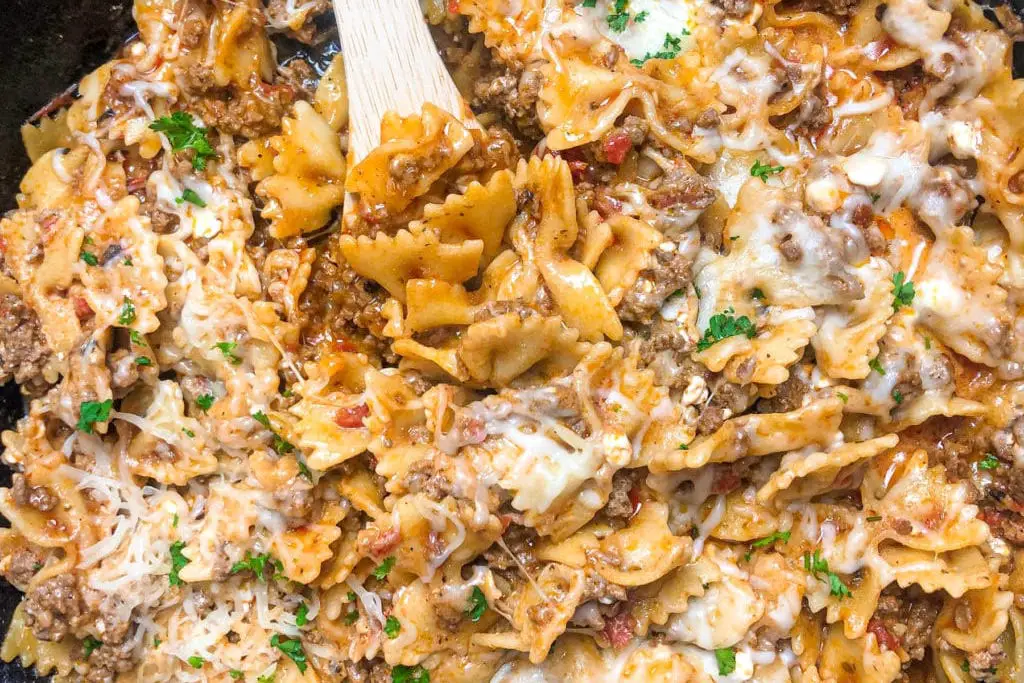Bread, a staple in many diets, has traditionally been off-limits for those with gluten sensitivities or celiac disease. However, the rise of gluten-free baking has brought a delicious alternative: gluten-free artisan bread. This bread retains all the qualities of its wheat-based counterpart – crusty exterior, soft interior, and rich flavor – without the gluten. In this article, we’ll delve into a simple yet delightful gluten-free artisan bread recipe that anyone can make at home.
Ingredients
Gluten-Free Flour Blend – 3 cups
Xanthan Gum (if not included in the flour blend) – 1 teaspoon
Instant Yeast – 1 tablespoon
Sugar – 1 tablespoon
Salt – 1½ teaspoons
Warm Water (110°F to 115°F) – 1½ cups
Olive Oil – 1 tablespoon
Apple Cider Vinegar – 1 teaspoon
Baking Powder (optional, for additional rise) – ½ teaspoon

Instructions
Prepare the Dough: In a large mixing bowl, whisk together the gluten-free flour blend, xanthan gum (if using), instant yeast, sugar, and salt. In another bowl, combine the warm water, olive oil, and apple cider vinegar. Add the wet ingredients to the dry ingredients and mix until a sticky dough forms.
First Rise: Cover the bowl with a damp cloth and let it rise in a warm place for about an hour, or until the dough has doubled in size.
Shape the Dough: Gently transfer the dough onto a piece of parchment paper. With wet hands (to prevent sticking), shape it into a round loaf. If desired, sprinkle with gluten-free flour for a rustic look.
Second Rise: Allow the dough to rise again for about 30 minutes while you preheat your oven.
Preheat and Bake: Preheat your oven to 450°F (230°C), along with a baking stone or overturned baking sheet inside. If you have a Dutch oven, that works excellently for baking artisan bread. Once the oven is heated, carefully transfer the loaf (with parchment) onto the hot baking stone or sheet. Bake for 35-40 minutes, or until the crust is golden brown and the loaf sounds hollow when tapped.
Cool: Remove the bread from the oven and let it cool on a wire rack. This is crucial as the bread continues to cook slightly from residual heat and sets its structure.

Making gluten-free artisan bread at home is not only rewarding but also a delightful way to cater to dietary restrictions without compromising on taste and texture. This recipe is adaptable and encourages experimentation – try adding herbs, nuts, or seeds for a personal touch. Whether you’re gluten intolerant or just looking to try something new, this gluten-free artisan bread is sure to impress.
Tips and Variations
Flour Blend: The choice of gluten-free flour blend is crucial. Look for a mix that includes a variety of grains and starches, like rice flour, tapioca starch, and potato starch, to achieve a good texture. Different blends can yield different results, so feel free to experiment.
Hydration: Gluten-free doughs tend to require more moisture. Don’t be alarmed if your dough seems more like a thick batter. This is normal and necessary for the bread to develop the right texture.
Xanthan Gum: This ingredient is vital for gluten-free baking, as it replicates the binding properties of gluten. If your flour blend doesn’t include it, make sure to add it separately.
Proofing Time: Gluten-free doughs generally have shorter proofing times. Over-proofing can lead to the dough collapsing, so watch it carefully during the rise times.
Creating Steam: Artisan breads often have a crispy crust, achieved through steam during the baking process. If you’re not using a Dutch oven, try placing a tray of water at the bottom of your oven to create steam.
Storage: Gluten-free bread tends to dry out faster. Store it in an airtight container at room temperature for a couple of days, or slice and freeze it for longer storage.
Health Benefits
Gluten-free artisan bread is not only a great alternative for those with gluten sensitivities but also offers various health benefits:
Allergy-Friendly: It eliminates the risk of gluten allergy or intolerance symptoms.
Fiber-Rich Options: Depending on the flour blend, it can be high in fiber (e.g., using almond flour or oat flour).
Nutrient-Diverse: Different flour blends can provide a range of nutrients not typically found in traditional wheat bread.
Embracing a gluten-free lifestyle doesn’t mean giving up on delicious bread. This gluten-free artisan bread recipe offers a tasty, health-friendly alternative that can be enjoyed by everyone, regardless of their dietary needs. With a bit of practice and experimentation, you can easily master the art of gluten-free bread making and enjoy freshly baked, homemade bread any time. Bon appétit!
FAQ: Gluten-Free Artisan Bread
Why did my gluten-free bread not rise properly?
There could be several reasons. The yeast might be old or inactive, the water temperature could have been too hot or too cold, or the bread might not have been in a warm enough environment for rising. Also, over-mixing the dough can sometimes cause issues with rising.
Can I use regular yeast in gluten-free bread recipes?
Yes, regular instant yeast works well in gluten-free bread recipes. Ensure that it’s fresh and active for the best results.
How can I achieve a more traditional bread texture?
Gluten-free breads will always have a different texture from wheat-based breads, but you can get closer by using a high-quality gluten-free flour blend and adding ingredients like apple cider vinegar, which helps with the rise and texture.
Why is my gluten-free bread so dense?
Gluten-free bread can turn out dense due to insufficient leavening, not enough moisture in the dough, or from not being mixed thoroughly. The dough needs to be more hydrated than traditional bread doughs, and thorough mixing helps incorporate air and structure.
Can I make this bread without xanthan gum?
Xanthan gum helps mimic the elasticity and texture of gluten. If you omit it, the bread may be crumbly. However, you can try substitutes like psyllium husk powder or guar gum, but results may vary.
Is gluten-free bread healthier than regular bread?
It depends on the ingredients and individual dietary needs. For those with gluten sensitivities or celiac disease, it’s a healthier option. However, gluten-free bread can sometimes have higher sugar and fat content, so it’s not inherently healthier for everyone.
How long can I store gluten-free bread?
It’s best consumed within a couple of days when stored in an airtight container at room temperature. For longer storage, slice and freeze the bread, and toast individual slices as needed.
Can I make this recipe without a baking stone or Dutch oven?
Yes, you can bake it on a regular baking sheet, but a baking stone or Dutch oven helps to distribute heat evenly and retain moisture, creating a better crust.
What can I do with stale gluten-free bread?
Stale gluten-free bread is great for making breadcrumbs, croutons, or bread pudding. You can also revive slightly stale bread by toasting it.
Can I add flavors or other ingredients to this bread?
Absolutely! Feel free to experiment with herbs, seeds, nuts, dried fruit, or other flavorings to customize your loaf. Just be mindful of the moisture content if adding wet ingredients.
Remember, gluten-free baking is a bit of an art and may require some trial and error. Don’t be discouraged if your first few loaves aren’t perfect; each attempt is a learning opportunity!


















